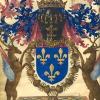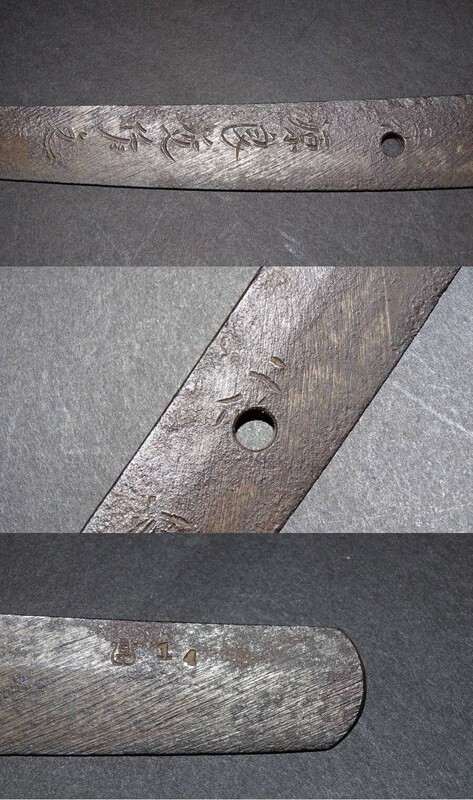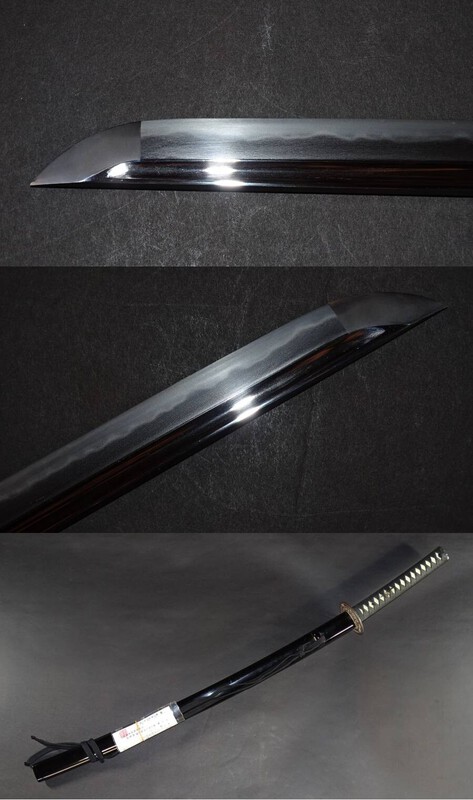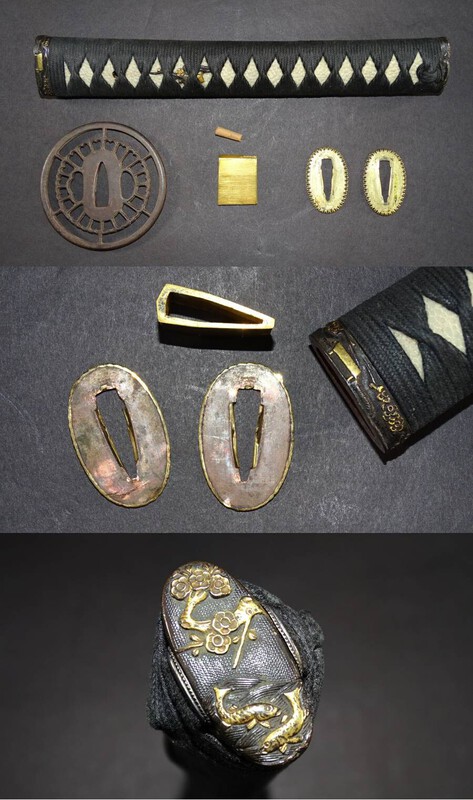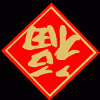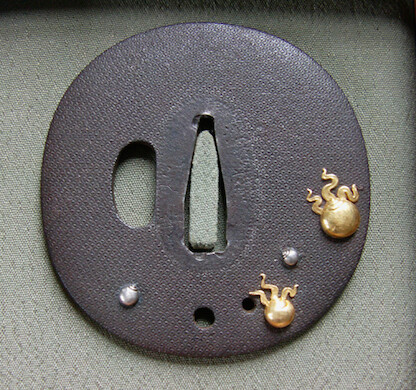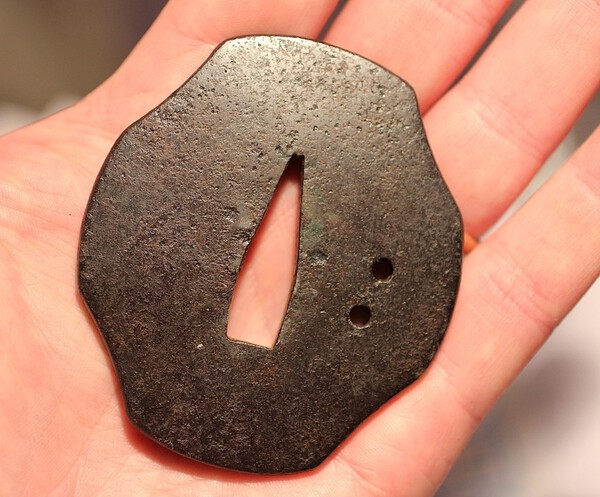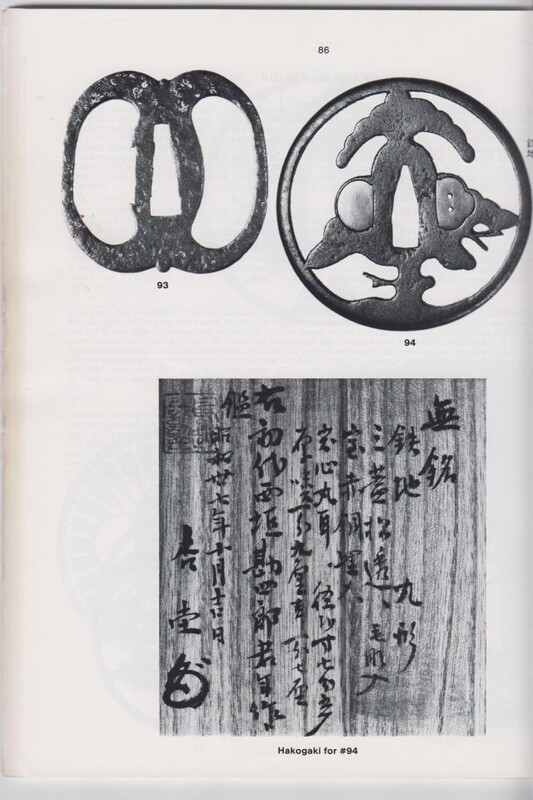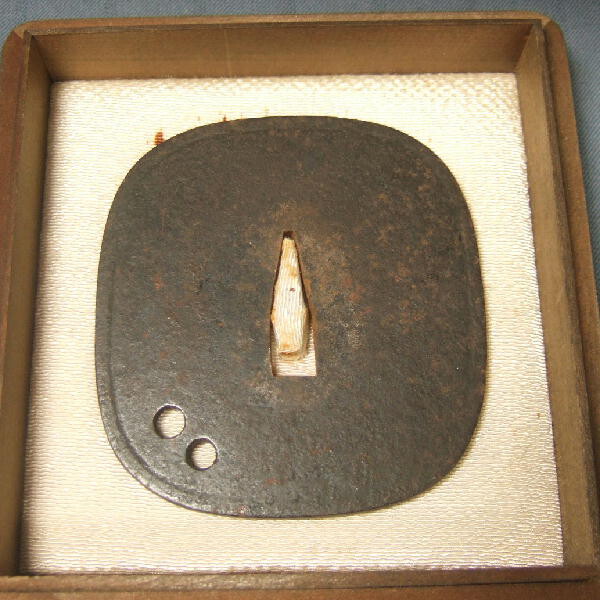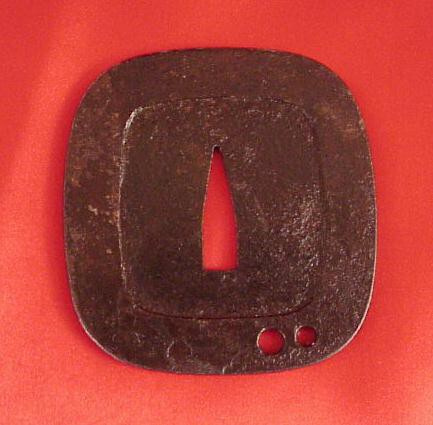Leaderboard
Popular Content
Showing content with the highest reputation on 03/04/2021 in all areas
-
Not sure where to write this, but this thread is probably as good as any. Yesterday I was at a *mask-free party and got chatting with a bright-eyed and active-looking elderly couple. They were amazing and full of interesting stories, some of which I would like to record here before my memory fades. a) The lady. Her father was in military intelligence in Tokyo during WWII, (lovely story about Tojo Hideki) and his job demanded that he go to Kure for some kind of inspection. On the morning of their last day, they were debating where to have breakfast, either in Kure or downtown Hiroshima. The group consensus was the latter. During breakfast there was a bright flash of light onto his neck from behind him, so he and his superior ran outside to see what the other group members had all just witnessed. These two were immediately hit by some kind of blast wave that totally flattened the wooden building and killed everyone inside. There was some kind of a hillock between them and the city which had somehow lessened the force. His superior's daughter was downtown, he was told, so they set off to search for her, spending the whole day wandering around what was left of the city. She was never found. For the rest of his life he suffered from a square white burn across his neck, shoulders and back, both painful and itchy, especially in the summer months. This lady remembers as a child, patting a pinkish substance (calamine lotion) onto his burns. He died not too long ago at 98. b) The gentleman. He told me that he is descended from the Karo to the Mori family. His ancestor had served Mori Yoshinari, then his 'devil' Christian son Nagayoshi, then Mori Tadamasa who built Tsuyama Castle. The family had a large residence on a prominent height in Tsuyama, and he still has an inherited set of armour and a sword which can be seen in a Meiji photograph he has of his great, great, great grandfather, he was saying. To him these are family treasures, but he has never checked for a Mei, and he has no knowledge of swords or armour. Many of these tales turn out to be nothing special, but I felt that here was an important link down through history. I have asked him to write what he knows and have offered to translate it into English, as I am sure there will be many people interested in his story. He seems open to the idea of finding out about the sword, so my plan is to go visit him some time with my sword sensei. If it pans out, I will update here.4 points
-
Just got back the results from shinsa today. This tsuba passed Tokubetsu Hozon!!!!! 🙌4 points
-
This is common on osuriage blades. Better photos that show more detail of the hamon and the tip would help with evaluation. At first blush this may be Muromachi or even late Nanbokucho. The nakago sori and amount of implied shortening point to Koto for me... But we need more photos.2 points
-
MIGAKI-JI is done with a MIGAKI-BO - a hardened steel rod, which is also used by TOGISHI for the SHINOGI-JI, MUNE and BO-HI. It has nothing to do with KAGAMI. KO-SUKASHI ( 古 透 ) is used in opposition to JI-SUKASHI in TSUBA.2 points
-
Congrats Tony! That is an amazing result, and well worth it. Enjoy owning this fine piece, we are all celebrating with you.2 points
-
I recently acquired this tsuba by Ishiguro Teruaki, one of the last successors of the Ishiguro school and student of Ishiguro Masaaki. Mei says "Ichijuken Katō Teruaki (Hideaki) in the first month of Ansei three (1856), year of the dragon, on a shrine in Kanda." I have some high-end tsubas in my collection, but seeing this one in-person left me stunned. It's now my favorite tsuba and I've never owned any fitting of this level of craftsmanship so thought I would share: (First 2 photos under natural lighting, next 2 photos under a studio lamp). Some personal observations on the tsuba: -Every detail of the crane is crafted in meticulous detail. I get that whole Ishiguro school craft. I love how the feather end-tips flip up to give a sense of airiness and flow. -The waves have this incredible dimension and flow to them that carries to the ura side. -Crane and wave motif is very popular but I think this rendition is intended to focus on flow, perhaps wind. Happy holidays!1 point
-
1 point
-
If there is an existing mekugi-ana in the nakago, who would a new hole be drilled when remounting? Doesn't that weaken the nakago? Wouldn't it be easier to use an existing hole and adapt new mounts to fit? I read that; "when remounting, the position of the tsuba and areas of the handle ito wrap are different on each mount, so the same holes cannot usually be used" but couldn't a skilled craftsman adapt the tsukamaki to match? That just makes more sense to me, though I have no experience with which to form more than an impression.1 point
-
1 point
-
You likely have wakizashi, Roger. Uchigatana were definitely weapons, rather than decorations, but as Kirill stated, they were made for a relatively short time period, unlike wakizashi.1 point
-
Thanks so much! "Grass Writing", well at least now I know the name of my pain. Yes it looks great, but I can't read it, any more than I can read 18th and 19th century letters written by quill. Some are easy, some are unintelligible. I haven't had any "Type 3" swords before, so this is pretty nice. We also got another signed 長 光 作 NAGAMITSU SAKU.1 point
-
It will take me a while to go through my Seki files. I have 19 dated blades and 50 with no date. So far I've completed a look at the dated ones: Seki 1941Jan Kanemichi Slough Large Seki 1942 Kanemichi Large Seki 1942 Kanemichi NGFcollection Large Seki 1942 Kiyonobu (unknown) Seki 1942 Masayuki Gunzuko Large Seki 1942 Toshimasa Large Seki 1942 Yoshishige Fuller Large Seki 1943 Tadayuki Large Seki 1943 Yoshishige Star Pennington Large Seki 1944 Aug Kanehide Star RSnihontocraft Small Seki 1944 KanehisaSeSe Fuller Large & Small Seki 1944 May Kunitoshi Star Slough Small Seki 1944 May Kunitoshi Star Slough Small Seki 1944 Oct Nobumitsu RS Small Seki 1944 Sep Nobumitsu JamesrNMB Small Seki 1945 Kanenori Na (unknown) Seki 1945 Kaneyoshi Fuller Small Seki 1945 Katsunori (unknown) Seki 1945 Yoshitada Small So far, Looks like the Large Seki ran through 1943 and the small Seki ran in '44 and '45. When I get a chance, I'll look over the undated blades to see if anything stands out. Update: Went through the first 20 of 50 undated, and all are Large Seki, so far.1 point
-
I have a WWII sword with a large Seki stamp. It was discussed in this thread. It is a traditionally made blade.1 point
-
Many Yoshichika swords, Shodai & Nidai, are found in Suya mounts but I have never seen the stamp on a sword before. Could this mean they were making swords for Suya directly at some stage, or at least contracted? As Yoshichika made swords for the Imperial Guards as well perhaps they are all connected somehow.1 point
-
Oh nice! I wish I'd known what to look for with all the Shin-Gunto I've had to look at. Originally we would just say "signed" and never bothered to identify the dates, makers, and keep track of the Arsenal stamps. I can say that overall Seki and Showa are the two most common ones I have seen first hand. Now if only I could reliably identify Kanji besides numbers, MASA, KANE, MITSU, and ISHI.1 point
-
now the mentioning "Migaki-ji".... this is a modern Edo expression by one of those three late atributors who did origami and evaluations for arsenal swords... ( Honnami is one of them f.ex.) much more historic and accurate would be the expression Kagami- ji ( "Mirror - done" ) or better Kagami-michi ( Kagami / Mirror ) it would be more wise to use Kagamishi instead of Migaki....as there is seemingly lack of knowledge in modern collectors circles...? ( also the Jap. Migaki which is meant here by those inventors was traditionally made of polished stone or brass.../ a traditional Kagami was made in Bronze- same like old Kagamishi Tsuba ) old days- Kagamishi or Kagami / new style "hype" Migaki.....both is the same meaning per se. - does but get totally diffused and misunderstood todays... Christian1 point
-
Ko-Sukashi may depending on circumstances also mean " Old " - Sukashi. such speaking a " older " Sukashi Tsuba.....if such discussions are done about Edo-times schools or artists.... Tsuba in Sukashi done before the Tokugawa reign....so far. Such old terms are always to ben taken individual in view to the writing /- and, or date such writings were published. Christian1 point
-
1 point
-
1 point
-
This special version of the Uchigatana would be the Katate-Uchigatana.1 point
-
One can call by this name many things, but most usefully is to refer by this name "uchigatana" typically Bizen, less often Mino blades with a distinctive short nakago and nagasa very close to 2 shaku, either slightly above or below. A popular weapon in 1510-1560. They are "long swords", but with a predominantly single handed use.1 point
-
I don't think you should be too meticulous about many terms to pigeonhole them. An Uchigatana stands for me historically seen for a companion sword/secondary sword, which is at least longer than a classical Tanto, in order to correspond to the Kanji "Uchi". This would make our classic katana just as much an uchigatana as the wakizashi - completely independent of the quality of the blade or the rank of the wearer.1 point
-
I’d send it to Bob and see what he thinks from having it in hand. He’ll let you know if he thinks it’s worth it to polish or not. He’s honest and will give you the very best advice. He’s one of the very first people I had contact with when I started collecting and he’s helped so many times since, I can’t count them.1 point
-
Int. Article.. https://www.nytimes.com/2004/09/17/arts/design/swords-as-status-in-old-Japan.html Best1 point
-
Thomas, John @PNSSHOGUN just found a beauty that I think might be a zoheito. Uniquely has the Suya Shoten stamp on the nakago by the number "14" Is this Yoshichika? And what is the single kanji at the top of the mei, cut by the ana? Update: After talking it over with John, the Suya stamp likely indicates this blade had been previously fitted by the Suya Shoten Co. and the blade is likely traditionally made. found HERE.1 point
-
Dear Jesse. Similar is the operative word here, yes the cricket is the same in that it is a cricket, or whatever the Japanese equivalent is, but look at the treatment of the legs and the quality of work in the body. Also note Brian's comment about the quality of the plate and finally take note of the dimensions of the papered one in the Varshavsky collection, especially the thickness. If you want to go a bit deeper then imagine the Varshavsky tsuba without the brass decoration and also without the kodzuka hitsu. The reason this hobby is so compelling it that there is always more to learn. Have fun! All the best.1 point
-
1 point
-
1 point
-
Very nice tsuba i would never this seen as aizu shoami. So untypical. But its just beautifull.1 point
-
It's a popular book, so it's not a strict verification. It is easy to understand because there are many illustrations. https://www.amazon.co.jp/絵でみる時代考証百科〈日本刀・火縄銃・忍び道具編〉-1983年-名和-弓雄/dp/B000J79SM0/ref=sr_1_7?dchild=1&language=en_US&qid=1601108434&s=books&sr=1-7&text=名和弓雄1 point
-
That leaf design is superb, Piers! I've saved the image to my library1 point
-
Piers that leaf sukashi is very, very nice🤩. The second hole is very small, you are probably right about it being a design rather than udenuki-ana. I have a huge 'Temple offering' guard? The two holes are big enough to thread rope and both are the same size, so I would think they too, are a design and not for practical use - unless the guy using it was eight foot tall! [Would love to have seen the whole sword]1 point
-
I'll be a bit more forceful: It is mandatory to put on gloves if you will handle any shakudo or else don't touch it. Saying this as a dealer who has seen far too many fingerprints ruining artwork and groaning as on high resolution well lit photography they are clear as day. Under murky blurry photos that are poorly lit (i.e. how collectors sell between themselves) you won't see them. Please do not handle shakudo and in general just avoid touching the thing at all even with gloves on. It is soft metal and if you look at old shakudo you see the results of touching tosogu over a long period of time (results are similar to a nice toasting with an oxyacetylene torch). Don't even handle fine lacquer. Treat everything like the damage you do is 100x what it is. Then the object can last 100x longer.1 point
-
1 point
-
Was going through some old threads and found this little interesting topic. Sorry to say I don´t visit the "Tosogu" area as much as I should. One area of collecting I def don´t master. But there is still hope :D Me and fellow boardmember Anthony, visited Kagoshima last year. Through contacts we got invited to the dojo of Jigen Ryo. A very old sword school famous for it´s aggressive style of fighting. We even got to train one hour with the current sensei and two of his students. When I say we, I should say Anthony. I managed to slip whilst in the bathroom, the very same morning, and broke my toe. Not my proudest moment... Anyway... Besides the traning (aggressively beating the daylight out of a tree trunk) we also got a tour of the dojos small museum. Amongst many interesting object connected to the Jigen Ryu, was a handfull of tsubas. Everyone showed the same traits. Very simple design. Two small holes punched into the iron. The overall size of the katana-tsubas was small compared to the "normal" tsubas. Through a interpreter the sensei kindly explained te reason for this look. The simple design reflected the economic situation for many of the Satsuma samurai. Having the largest number of samurais in Japan (over 30000) the individual samurai had a rather small stipend compare to other areas in Japan. The two small holes (the same size) was used as a way of control for the sensei. The first rule of Jigen Ryu is "A sword shall not be drawn from it´s scabbard unless it is to attack" The sensei tied a small string of ricepaper to the saya. If the student came back with the string broken, he had to explain the reason why. With the nature of the Jigen Ryu, I guess the student also had to present the head of his opponent The reason for the small size of the tsuba was very clear. A student of Jigen Ryu only needs one strike. Two strikes is inconceivably. Therefore there is no need for a big tsuba to protect the wearer of the sword. Nuff said!!! Here´s a picture of my Satsuma-tsuba Jigen Ryu-style. Looks very much alike the ones in the museum. Jan1 point
-
1 point
-
1 point
-
Good afternoon all, In the case of holding the sword in the saya, holes at the top, holes at the bottom suggests the Tsuba was originally Tachi or Katana mounted. Cheers1 point
-
Piers Heres a delicious little side play. Spare tsuba were quite often used as a slip buckle to fasten the two ends of an obi after passing it a few times around the waist. The two ends were passed in opposite directions from behind through both the hitsu ana. Most commonly used tsuba were with two kogai hitsu ana. I guess the tsuba guys wont like the object of their collections reduced to a mere buckle, but multiple functionality is a bonus as long as you dont use a tsuba as a beer mat. :D1 point
-
Bear in mind I dont actually collect tsuba, but i do collect tachi. This is what I have observed. Udenuki ana are or were common on older tachi tsuba and yes they were intended for a wrist strap where the sword is used on horseback primarily one handed. In these instances the holes are are of different size and are reasonably close together. In the Edo period there was an antiquarian movement that caused a resurgence of older styles and this two hole feature, but in this instance with two equal sized and somewhat smaller holes, made a reappearance. It is found on both katana and wakizashi tsuba of the early Edo period. Before others start shooting holes in this observation, I stress there are exceptions to this and I know of a few. The above is one mans view not scripture or set in concrete1 point
-
0 points



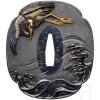

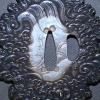


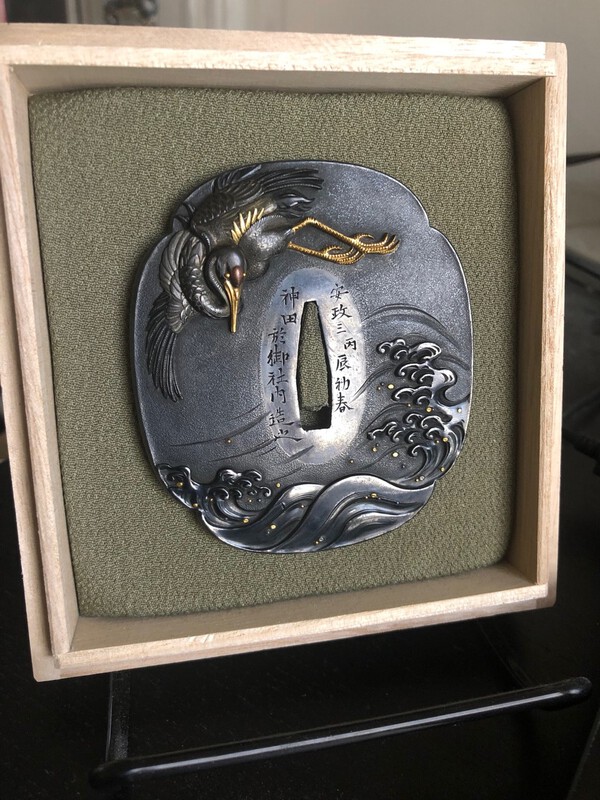
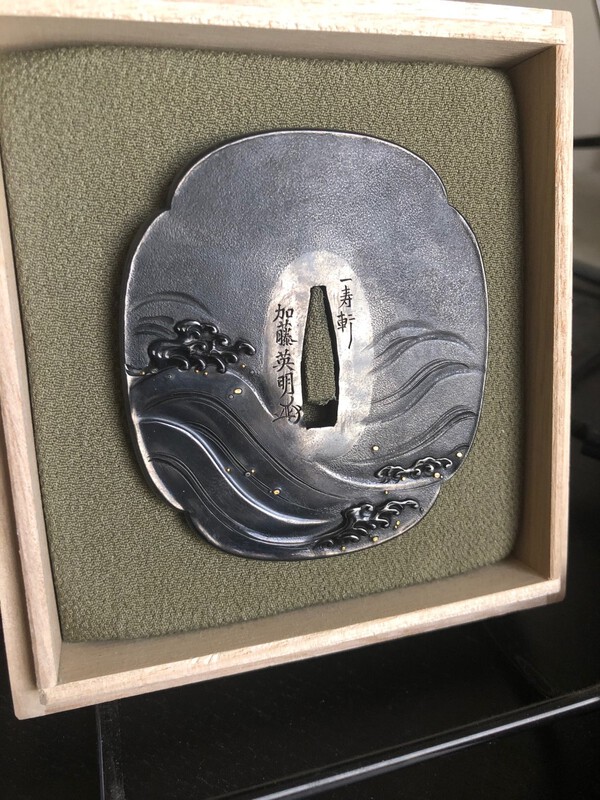
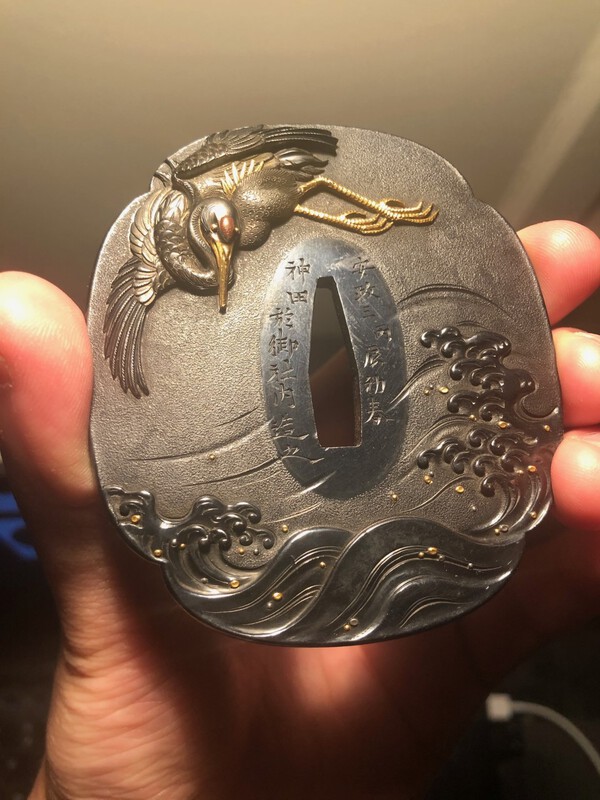


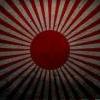
.thumb.jpg.ab7e9b474160b450dc3a40c8dff97355.jpg)



